Over the last 6 months, one of the things we’ve found incredibly important is ensuring we always provide a high level of customer service for anyone that uses Gleam. Looking at our data, users are 50% more likely to upgrade to one of our paid plans if they have interacted with us across one of our customer service channels.
I’m not a huge fan of the word customer service. It makes us sound reactive to the customer, only providing them service when they need it. We shouldn’t be just servicing our customers, if anything we should strive to have all the tools & information available for customers to service themselves.
I much prefer to think of it as doing everything we possibly can to provide a great customer experience. Which extends to things far beyond what you might consider in the typical customer service workflow.
In this post I’m going to break down some techniques that you can use yourself to ensure your customers are blown away by your own experience.
Reply as Fast as You Can
Whether it’s a sales related email or customer service, nobody likes waiting days for a response. With Gleam, the maximum time it could take for a response could be a maximum of 7-8 hours (i.e. you email us at exactly 11pm Australia time). However, more often than not that rarely happens.

Most of the time we’re around & we aim to reply within minutes (sometimes seconds). Believe it or not, customers love this. I often get customers tell me they lodged a support ticket with a competitor which took 7 days to respond to, that is not cool.
There will be times when you’re not around to respond, make sure you always have your support inbox on your phone also. I use Mailbox to manage all my accounts on my phone, I also have a very specific email signature that lets people know I’m on the move (and on mobile), I have found this greatly helps by letting people know your current support capacity, but some also really like that you’re able to give that personal touch even when you’re not at a computer.

The above might not work as well if you’re at a bigger company, in that case you can just include your proper signature 🙂
Enable Great Communication Between The Team
Since I’m not a developer, technical issues can prove difficult for me to answer.
Let’s say my Co-founder John isn’t around? What do I do?
All I need to do is ask John my question in HipChat
@john Hey, this customer is having a few issues with the widget embed. Care to take a look?
That will instantly send John an SMS alert, at which point he can come help out if he’s around. We’ve found that this is one of the best ways to get each other involved if we really need some help.
Have a Plan For Outside Business Hours
We’re an Australian company that operates worldwide, the majority of our customers are in the USA & UK. This provides a few challenges from a support perspective & also a business development perspective.
The easiest way to set expectations is you make it clear to your customer when you provide support, we do this after they submit their ticket:
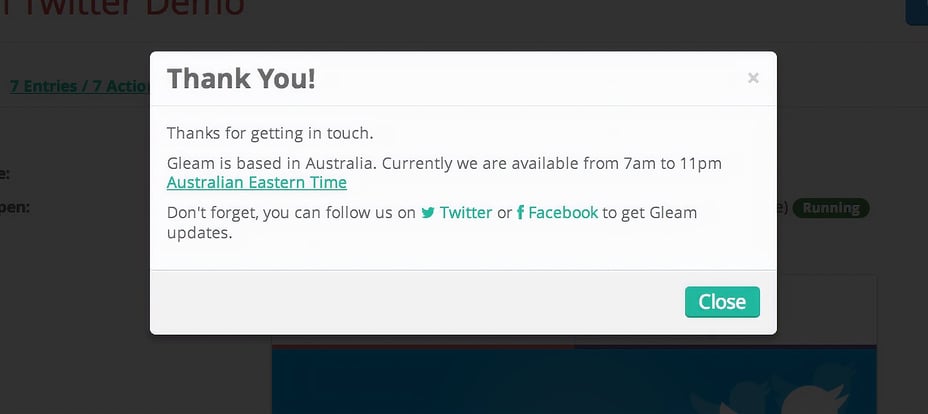
Any support tickets that happen overnight get looked at right away the following morning, we don’t do anything else until they are completed. We split this work evenly amongst the team, if I’m up first I’ll get them all done before John – likewise he’ll tackle the ones that might need his involvement then leave the rest to me.
I schedule all my USA meetings early in the morning Australian time (normally between 6am – 7am) spread out over the week (including Saturdays). UK is easier as they are nighttime calls (9PM seems to be the sweet spot).
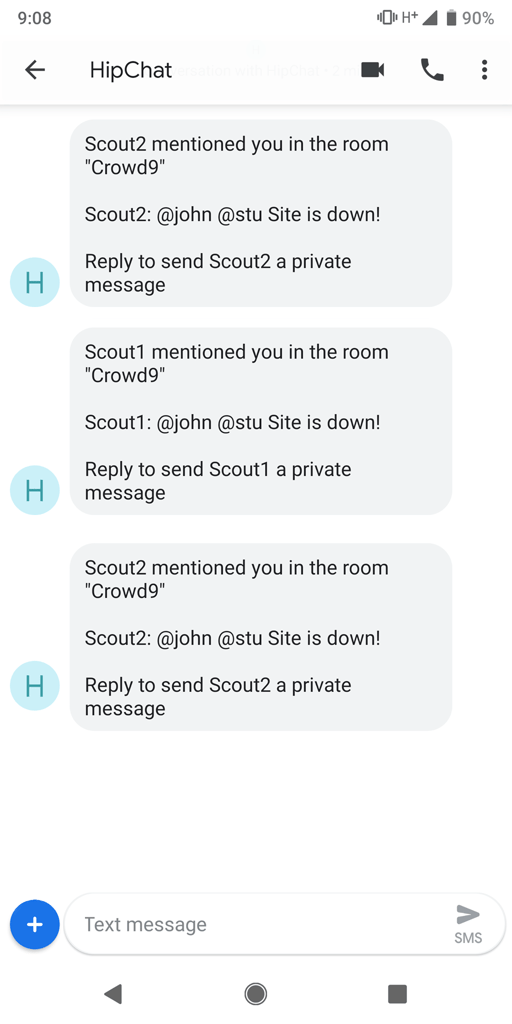
We also use HipChat alerts alongside our own custom monitoring solution that we built to constantly check for outages. These are the SMS messages we dislike getting the most.
Ensure Your Support Staff Know The Product
This is a problem that becomes harder as you grow, intially the founders will have a deep understanding of how the product works, the limitations & nuances. Ask us any question & we’ll be able to give you a succinct answer.
As you start to add support staff over time, we will need to start thinking about how we get their knowledge up to our level so they can provide support like they built the product.
You can have the same problem or disconnects between developers & business types too, if there’s a question that’s technical we will always write internal documentation or create a cheat sheet to make it easy to solve again. Likewise if there’s a process that can be automated, we’ll do that so any non-developer can service the customer right away.
Chatrooms Offer Fluid Conversation
One of the best decisions we made was to have a global chatroom that customers could come into at any time. This allows fast, informal chats about anything from product issues to campaign ideas.
We’ve logged roughly about 20,000 messages in our public room.
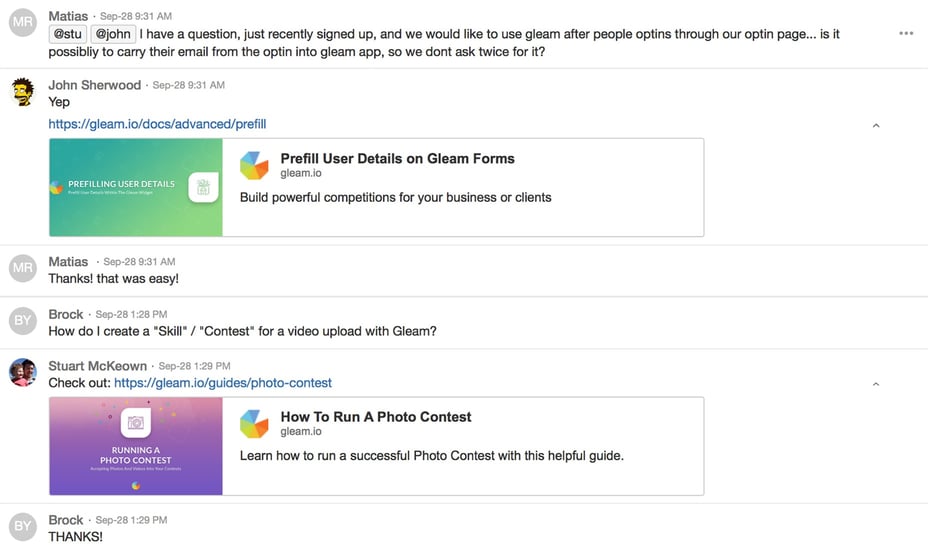
We also have built alerts for when users are entering the chatroom that’ll ping myself or John via SMS if our status is currently away. Then we’ll just support the user via the HipChat mobile app.
Have Forwarded Skype Numbers For Different Countries
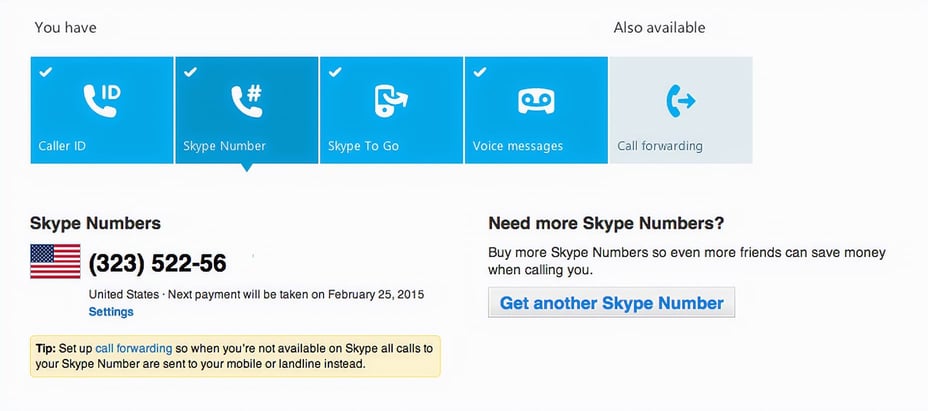
If you span multiple countries then you will need to make yourself available via phone (especially for meetings). To do this I’ve just bought a USA & UK forwarded phone number for Skype (~$180), this means that clients can easily reach us any time.
Try to Capture Customer Information For Queries
This is quite an awesome tip that we’ve found has worked well. If you have a support button you should try to capture (via Javascript) as much information about the users environment as you can. This has been invaluable for browser specific issues, as we can have a version of their browser open ready to replicate whilst they are on chat.
We send all this information to HipChat as the user is entering the chatroom, that way we already know who they are, what plan they are on & can easily fix their issues right away.
Send Out Personal Emails
The days of hiding behind the big corporate persona are well & truely over. Startups thrive by talking to their customers, so do it more often!
I’ve already highlighted in 2 previous posts that I send out a personal email to every Gleam user 24 hours after they signup. I’m quite happy to let them know they can email me whenever they want, with issues, feature requests or even just for a chat 🙂
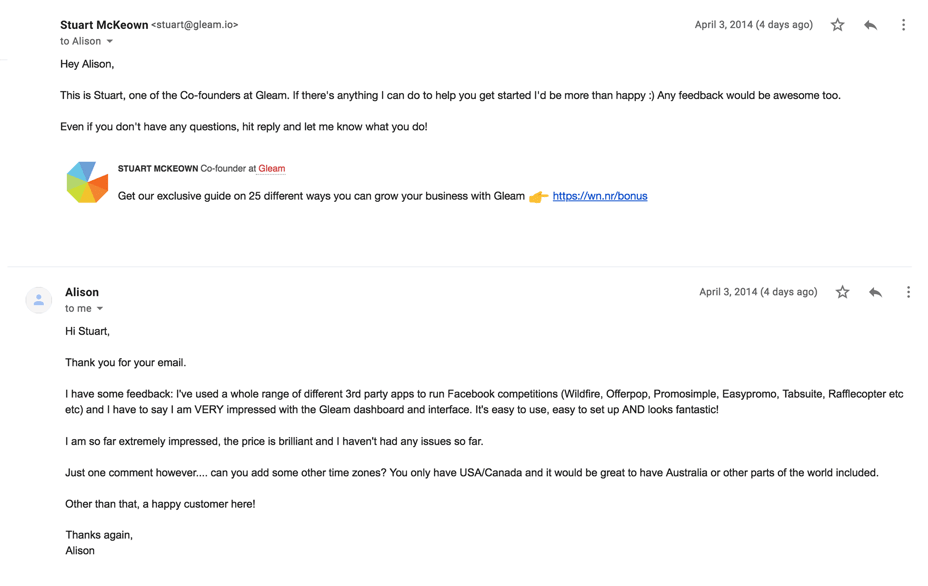
Make Your Pricing Flexible
I’ve had a lot of services in my lifetime that really make it hard when you want to leave, you can’t cancel unless you raise a support ticket (which never gets answered), or you have to cancel an obscure Paypal subscription that you can’t find.
One of the things we pride ourselves on is making it easy for customers to do business with us, this means that we don’t lock them into long commitments, they are able to upgrade their account & downgrade as needed. It’s a very common question that we get:
Can we use your service as we need it rather than having to subscribe?
Heck yes, why wouldn’t we want that?
Be Transparent & Open About Issues or Downtime
We aim to be transparent with our customers when we’re having issues, it’s important that they know we’re actively looking out to ensure that our site is up & performing all the time.
But, that being said – downtime can happen.
A few weeks ago, we had a very frustrating set of events that was causing Gleam to periodically go down every 15 minutes. We literally stayed up all night to get to the bottom of it, we tried everything & couldn’t find any clues as to what was happening. Finally we realised that connections to the Facebook API were timing out & these locked threads were piling up then causing Puma to crash (which is why restarts were fixing it periodically).
We had to make sure that when customers emailed us asking what was going on we replied instantly, reassuring them we were actively working on the problem. We also kept users up to date via Twitter.
There’s other options here for using things like StatusPage to keep users informed of any outages or downtime. It’s a no-brainer that may also save you support headaches (i.e. reducing the number of people enquiring about the downtime).
Don’t be Scared to Provide Refunds
Occasionally we get customers who don’t get around to using our service, perhaps get billed twice then ask for a refund. It’s very important to have a refund policy that makes sense.
For example, if you have active running campaigns with us then we don’t provide a refund. But, if your campaigns have finished & you just got billed (but you don’t need it) – we’re more than happy to help out. This is important to ensure that even if your service isn’t right for a user, they still leave feeling happy that you’re treating them right 🙂
Let Your Customers Earn Credit For Referring People
Having our own referral program has worked extremely well for us. In fact, we automatically allow people to earn credits without even realising it.
Gleam automatically includes your referral link in any branding on the widget, so for example if you’re on our free plan you can earn $5 credit when someone clicks the call to action in the footer, signs up & creates a campaign. That credit will always sit on your account until one day you decide to upgrade.
Below you can see our referrals, ~16k visits over the course of 3 months all that have seen our widget or had our product recommended to them.

We have plenty of customers that actively refer enough friends to pay their monthly Pro subscription. Which of course they love.
This method allows us to create a positive experience for our customers, a positive experience for the people they refer & also gives us a fairly low cost marketing channel at the same time.
Have Amazing Documentation
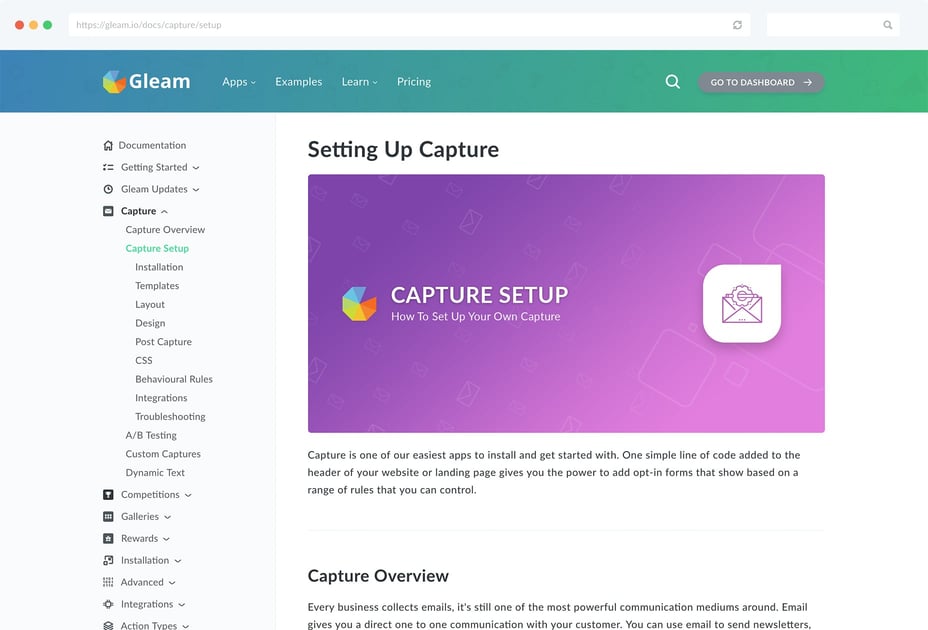
I can’t stress enough how important it is to have good documentation, it will save you so much headache in the long run.
My rule of thumb is:
- Try to turn any question that gets asked via support into some sort of reusable documentation
- Always try and point support queries to existing documentation
- Have a way that anyone can easily add or update documentation
All of our documentation sits on Github then gets pulled & styled into our docs area. This makes it super easy for me to manage.
One aspect of documentation that’s hard to measure is the number of support queries it might save you, or the number of people that actually converted because you answered their question. In this scenario you can always track your /docs section as a part of your conversion path to see how it assists.
Sell Through Education
Users will have varying degrees of competence when using your product, some will be able to pick it up quickly & others will need constant hand holding. One often unexplored area is educating customers about all the awesome things they can do with your product.
This is an area we are focusing on right now, but it can come in the form of:
- On-boarding emails
- Use cases
- Case studies
- Templates
- How to articles
One of the great reasons why I love this particular area, is that it’s effectively content marketing. You are creating content to help your users better use your product, but at the same time that content can also be optimised to help you attract new customers.
Lets say for example I want to let users know that they can use Gleam to run Facebook competitions. I might:
- Create an article which takes them step by step through the process
- Optimise the article for Facebook competitions & contest related keywords
- Include some call to actions that only non-logged in customers might see
- Put it all up in our docs area or create a new shiny landing page
I now have a nice SEO optimised landing page that I could also use to test some SEM traffic or other media buys to. At the same time I can syndicate it to existing customers to let them know how they can better use our product.
Here’s an example of a page about creating sweepstakes that works pretty well for us.

Create a Product Updates Page
As founders, we know about all the little (or big) changes we add to our products. At Gleam we’re often pushing anywhere up to 4-5 changes per day to the site.
Not telling customers about these changes means that they sometimes aren’t aware of a new feature they should be using. To get around this, I highly recommend that you build a page that keeps users in touch with any updates you push.
You can see an example of our Gleam product updates page here.

There’s plenty of ways you could take this a step further, you could show commits, you could allow users to subscribe via email or you could push the updates out via Twitter when you publish them.
Integrate With Other Products or Allow Integrations
Possibly one of the question we get asked most (or told) is that “It’d be really great if you guys integrated with x”
Most of the time adding an integration for one customer doesn’t make sense, but if you have 10 customers all wanting the same integration then it makes perfect business sense.
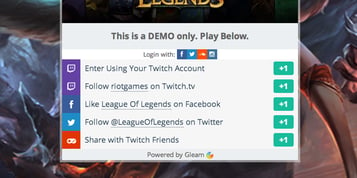
Integrations will help increase the stickiness of your product, it will help you market to a brand new audience. Integrations can also be a nice way to get a “one up” on competitors, for example we’re the only platform that integrates with Twitch – which gives us a huge advantages with streamers.
Have a Bug Bounty
John & I both feel strongly about this particular issue. If a customer has a problem & it’s a bug then we will give them $20 credit for bringing it to our attention.
It’s a small gesture that customers seem to love, at the same time it’s also a huge win for us if someone spots something that we haven’t (as it may impact other customers negatively).
I highly recommend rewarding your customers for things like this 🙂
Adapt Your Product Based on Customers Needs
As you scale, you will find that customers can begin to have a large say in how your product grows. It’s important to keep your ear to the ground, listen to customers & use their feedback to continually improve.
At the same time, you must also consider that this can be hard when you’re focused in your own specific roadmap. But it doesn’t have to be that way, try to build your roadmap around what you want to have in the product alongside what customers are telling you (or the market is demanding). We can certainly thank a lot of our customers for continually letting us know about ways we can improve our product.
For example on Friday we released a small update to let users know how many characters they had left to play with when writing a Tweet. It’s a small change, but everything you can do to improve a customers experience helps!


